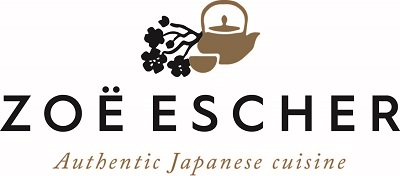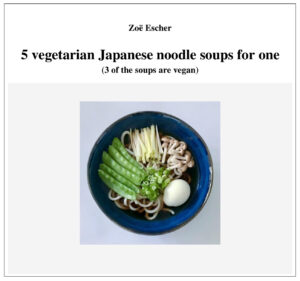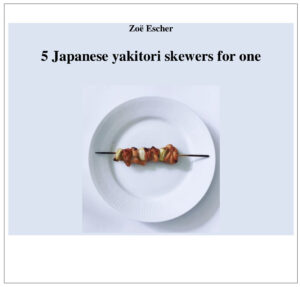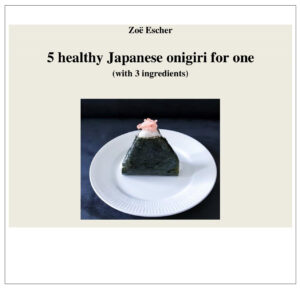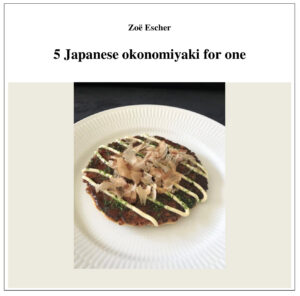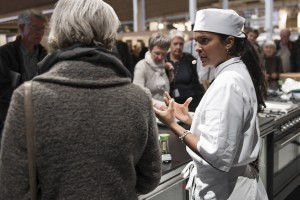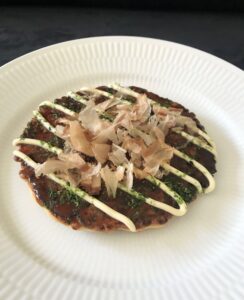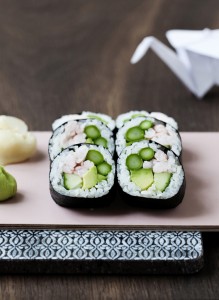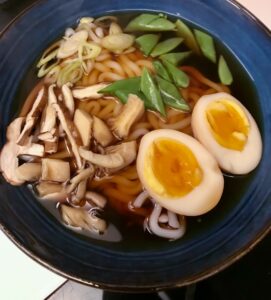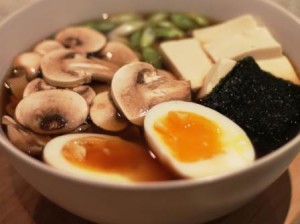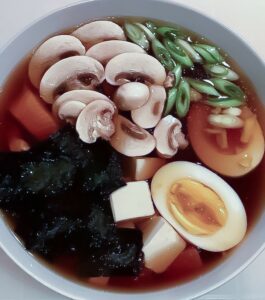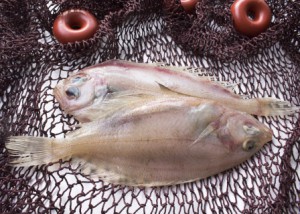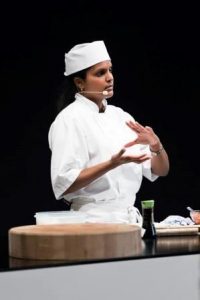Spring is just around the corner and what better way to kickstart the season than with healthy and delicious Japanese cuisine?
Japanese food is not only a delight for the taste buds but can also have a positive impact on your health.
Teriyaki salmon is an extraordinary flavor experience and a nutritious dish at the same time. The healthy fats in salmon provide the nourishment your body needs after the heavier meals of winter. The sweet and savory teriyaki sauce adds a delicate and rich taste, making this dish a favorite among many.
Gyoza, the popular Japanese dumplings, are not only delicious but also filled with juicy meat, fresh vegetables, and aromatic spices. They offer a well-balanced and nutritious option, whether served as an appetizer or a light main course.
Stir-fried noodles with tiger prawns and vegetables are a quick and flavorful dish that embraces the entire food pyramid without being boring. It’s the perfect choice for a busy day when both health and great taste are a priority.
Starting the season with healthy Japanese dishes such as teriyaki salmon, gyoza, and stir-fried noodles with tiger prawns is not just a culinary experience. It’s also an investment in your well-being.
Read more about Traditional Japanese cooking course for beginners
_
Zoë has held sushi courses and cooking classes for A. P. Moller – Maersk, Hugo Boss Nordic, Novo Nordisk, Novartis, Velux, Gorrissen Federspiel, Beierholm revision, Elbek & Vejrup and many more.
